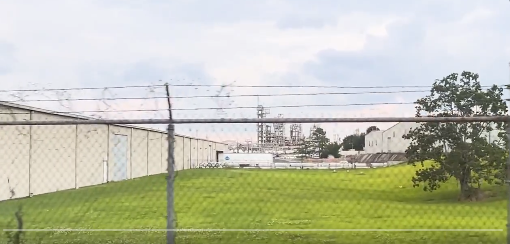Scientists on Tuesday highlighted the successful international efforts to protect the ozone layer, noting that harmful gases in the atmosphere are decreasing more rapidly than anticipated. The Montreal Protocol, established in 1987, was designed to phase out substances that deplete the ozone layer, which are commonly used in refrigeration, air conditioning, and aerosol sprays.
A win for global action: harm from some ozone-eroding gases starts to fall https://t.co/wzUloGxPj5
— Igor Wortel (@itwortel) June 11, 2024
Recent research reveals that atmospheric levels of hydrochlorofluorocarbons (HCFCs), gases that contribute to ozone depletion, peaked in 2021—five years earlier than expected. HCFCs were introduced as replacements for the more damaging chlorofluorocarbons (CFCs), which were effectively phased out by 2010 under the same protocol. HCFCs are now on track to be eliminated by 2040.
This study, published in the journal Nature Climate Change, utilized data from the Advanced Global Atmospheric Gases Experiment and the US National Atmospheric and Oceanic Administration. Luke Western, the lead author of the study from the UK’s University of Bristol, emphasized the significant progress made due to the Montreal Protocol, enhanced national regulations, and proactive industry shifts ahead of anticipated bans.
Research signals major milestone in cutting harmful gases that deplete ozone and worsen global warming https://t.co/7Svlwgdhbq pic.twitter.com/1RpBkmr57f
— Maximilian (@YellowDigits) June 11, 2024
Western explained that the decline in HCFCs reflects the effectiveness of the Montreal Protocol and provides a hopeful message about the power of environmental treaties when they are properly implemented and adhered to. The reduction in both CFCs and HCFCs is also beneficial in the broader battle against global warming, as these substances are potent greenhouse gases. CFCs can linger in the atmosphere for centuries, whereas HCFCs have a much shorter lifespan of about two decades.
Although the production of these chemicals is ceasing, their historical use means they will continue to impact the ozone layer for many years. According to the United Nations Environment Programme in 2023, it may take up to four decades for the ozone layer to recover to its pre-1980s state, before the detection of the significant ozone depletion. This study underscores the global commitment to environmental protection and the tangible results of international cooperation in addressing atmospheric challenges.
Major Points



